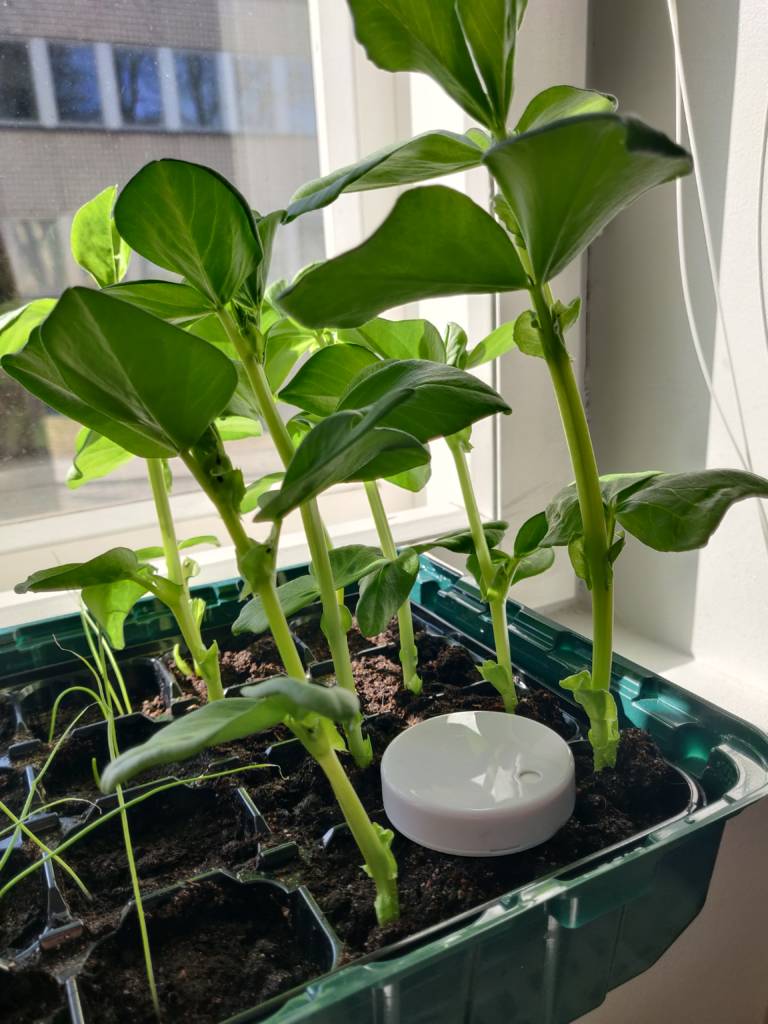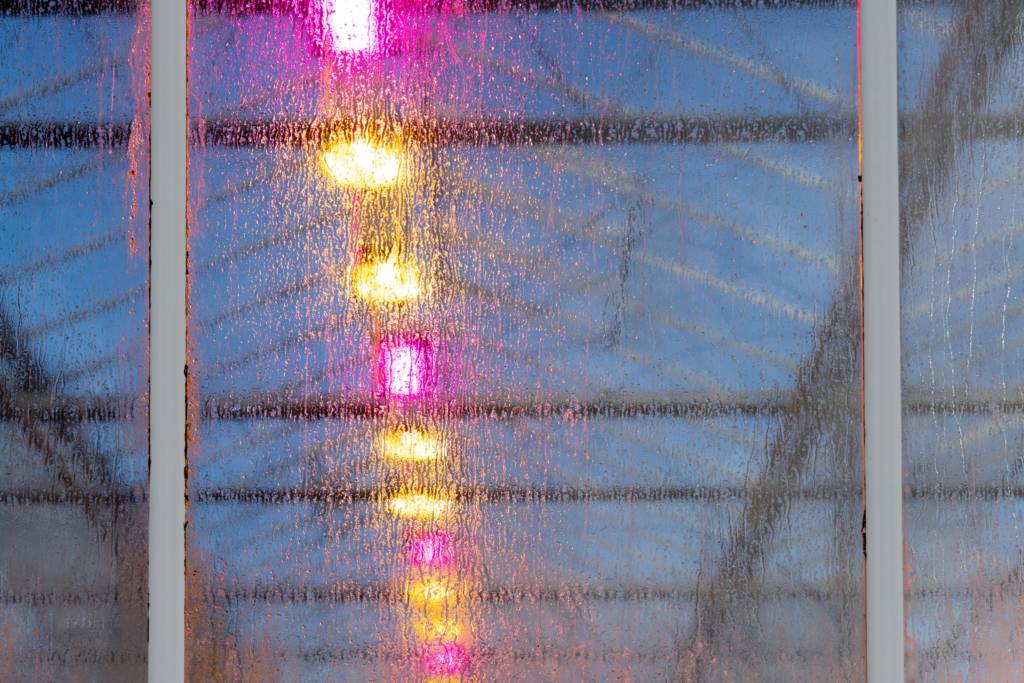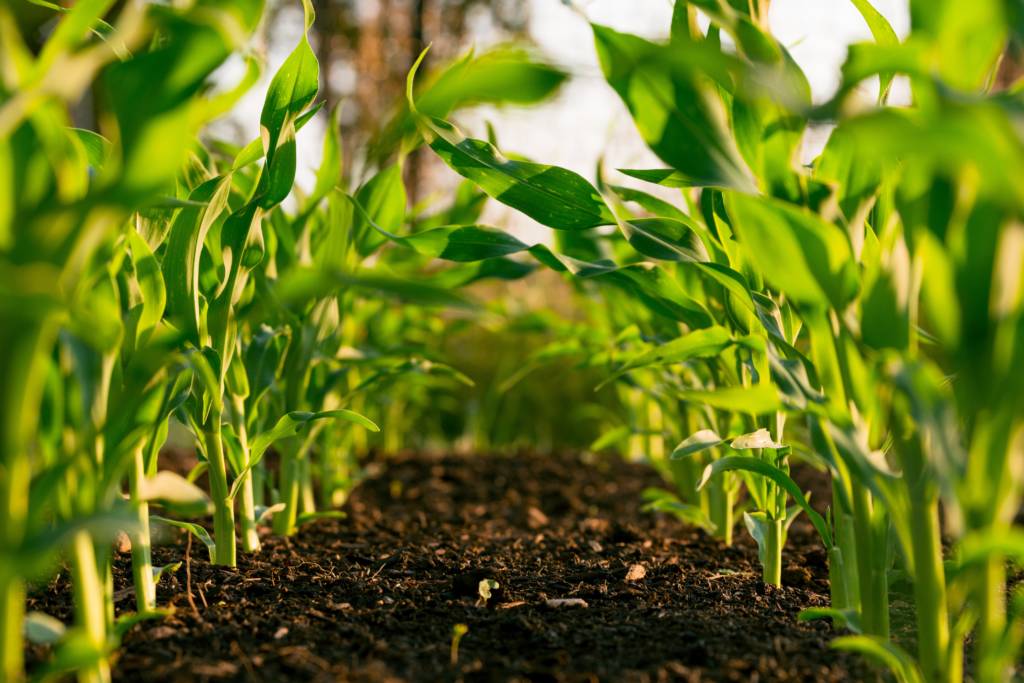Smart greenhouse monitoring is a new area of development in agriculture. Humans have figured out that edible plants grow best at certain conditions. Hence, greenhouses have provided us with better gardening options in all areas.
Technology has made its way into the traditional agricultural industry. The growing conditions must be optimised to match each plant’s requirements to grow more effectively. This is where smart sensors play a significant role, helping us monitor and control these requirements. They give us important information regarding all the variables that matter when growing edible crops or ornamental plants.
This article is for everyone who wants to optimise growing conditions in their greenhouse. We will go through all the necessary greenhouse sensors that you need in order to optimise the growing process. Some sensors are more important than others, but they all have an important role in the greenhouse.
Greenhouse temperature sensors
Temperature is one of the most important aspects of the greenhouse. In colder climates, greenhouses enable food to be grown during winter. On the other hand, in hotter climates, greenhouses can be cooled down to protect plants from excessive heat and lack of moisture.
There is a constant need for temperature control in greenhouses. Also, different plants thrive best in different temperatures. This is why a greenhouse should have multiple temperature sensors in them, located in different areas. The right temperature is crucial for crops to grow, therefore, temperature monitoring is one the most important aspects of a smart greenhouse.
Temperature sensors can also help to identify unnecessary heating, thus allowing us to lower the energy consumption and electrical bills.
Read how Ruuvi can help you monitor temperature in your greenhouse.
Greenhouse humidity sensors
Combined with temperature control, greenhouses are developed to maintain proper humidity levels. Air humidity is important for crops. It ensures that photosynthesis can happen, which is the way plants produce energy to sustain themselves and to grow. Proper air humidity also helps crops to cool down. Most plants grow best in relative air humidity at a level between 40% and 60%. But every plant is a little different. Some require higher humidity levels while others can survive with a much lower level of humidity.
On the other hand, too much moisture in a greenhouse can lead to fungal and bacterial infections as well as pest problems. This is why an accurate humidity sensor is crucial. You need to find the optimal humidity level and the tools to monitor and maintain them.
The most convenient way to measure both humidity and temperature is with just one greenhouse sensor. Most wireless Bluetooth sensors measure both of these factors. RuuviTag, for example, is a great option for this purpose. The RuuviTag provides you with accurate measurements with a Cloud service to store them, and an alarm system to alert you when an environmental factor falls outside its optimal limits. You can use them to measure humidity and temperature and have them be your safeguard.
Learn more how to monitor humidity with Ruuvi in your greenhouse.

Carbon dioxide sensors
Carbon dioxide (CO2) gas combined with water is necessary for photosynthesis and therefore for the growth of plants. Sunlight provides the energy for this process. Plants absorb carbon dioxide through their green parts, mainly through the leaves. Temperature, humidity and other factors alter the amount of carbon dioxide a plant can absorb. Hence, measuring these environmental factors is a must to ensure a plant can produce enough energy to thrive.
Usually, if the air ventilation is closed off in a greenhouse, the level of carbon dioxide can fall drastically as it gets absorbed by plants. Air ventilation is often closed to save on heating costs, but suboptimal levels of carbon dioxide will slow down plants’ ability to grow. This is why a proper carbon dioxide sensor is also important in a greenhouse.
Carbon dioxide does not fluctuate as much as temperature and humidity, so measuring its levels is not as important as measuring the other two factors.
But, if you want to maximise your plants’ growth, a carbon dioxide sensor is a really good tool.
Light sensors in a greenhouse
As mentioned earlier, sunlight is necessary for photosynthesis to take place. By monitoring the amount of light a greenhouse receives, you can place your different plants in more optimal positions depending on their light requirements. This will not only help you save on energy costs but will also boost photosynthesis and growth.
If artificial lighting is needed, you can link the light sensor to work together with growth lights. By doing this you can optimise the amount of time a plant receives light, while cutting down on unnecessary energy consumption.

There are two different light sensors currently available. One measures the amount of energy the sensor receives from the sun. These are called energy units. The other measures the amount of optimal light the sensor receives. These sensors are usually referred to as PAR-sensors. PAR is abbreviated from Photosynthesis Active Radiation, which is the portion of the light spectrum used by plants for photosynthesis. The latter sensor, therefore, differentiates different wavelengths of light, ensuring the correct spectrum is present for the plants to photosynthesize. Both are very useful in a greenhouse.
Even though sunlight is essential for a greenhouse, these sensors are not the most important types of sensors that you should be aware of.
Soil sensors in a greenhouse
All of the above sensors measure the conditions above the soil. Most importantly, the different conditions of surrounding air. Soil is almost as important a part of a plant’s growth as the processes that take place above the soil. There are two main sensors that you need in order to measure the health of your soil.

Soil humidity sensors
Plants use water to do photosynthesis. And the water is absorbed from the soil through the root system. Soil must contain enough water to keep a plant alive. But, you must bear in mind that too much moisture in the soil will hamper plant growth by causing diseases and rotting of the root system, thus affecting the rest of the plant. Roots also need air in order to function properly. And if the soil is too moist, there will not be enough air pockets available.
A soil humidity sensor, therefore, is important in any greenhouse. With experience, you can keep the soil wet enough by looking at and touching it, but to really optimise the plant growth a soil sensor is really handy. You could also link it to an irrigation system to save time, and potentially water.
Soil pH sensors
The pH-level of soil is also important for optimal plant growth. According to this study, plants thrive best in pH levels of 5 to 8. Seven is considered as neutral and 5 to 6 as acidic. 8 is alkaline. The study found that a slightly acidic soil is the best for most plants. The pH-level contributes to the minerals available in the soil, which plants use to grow. Soil that is too acidic is harmful to most plants.
The pH level of soil can change due to different factors such as water, pesticides or fertilisers. The harm of improper pH levels happens over a long period of time. It is therefore important to preventively ensure the correct pH level to protect plants. pH sensors are already available on the market, and can work wirelessly to measure soil conditions.
Conclusions
There are many different parameters that affect the growth of plants. These include temperature, air humidity, air quality, soil moisture, and so on. Moreover, most of these different aspects affect each other. Basically, any natural process is a complex web of different parameters affecting one another.
By the help of smart greenhouse sensors and studies, we can monitor and optimise these conditions. Optimising greenhouse conditions will produce larger and more abundant crops as well as ensure better quality of the produce.
One must keep in mind that the most important part of a successful greenhouse is to guarantee the correct levels of the following conditions:
- Air temperature
- Air humidity
- Sunlight
- Carbon dioxide
- Soil moisture
- Mineral soil composition
The types of sensors mentioned in this article are as follows:
- Temperature sensor
- Humidity sensor
- Carbon dioxide sensor
- Light sensors
- Soil moisture sensor
- Soil pH sensor
These are the key sensors that you need in order to truly optimise your greenhouse. You can make your greenhouse smart by linking all these sensors to one database. Armed with the information from the database, you can use technologies that will help you keep these conditions within their desired limits.
Do you want to upgrade your greenhouse?
RuuviTag is a great tool to start your greenhouse optimization with. It’s reliable, highly accurate, water resistant (IP67) and works with a Cloud service for storing data. It functions well in both big and small greenhouses to help you take your crops to the next level!
FAQ
How does soil humidity affect plants?
Plants absorb water from the soil through their root systems. This is why soil must be moist enough to ensure that plants receive enough water. On the other hand, too much moisture will cause plants’ roots to rot.
Why is carbon dioxide (CO2) so important for plants?
Plants use carbon dioxide to photosynthesise, which is the process by which they produce their energy to live. Therefore it is vital for plants to grow and survive.
What are the core functions of a greenhouse?
Greenhouses are made to contain humidity and maintain proper temperature for plants to grow. They simulate an ideal environment for the plant to grow.
What is the optimal pH level of soil for plants?
According to a study, most plants grow best in a slightly acidic soil. Neutral soil also works well. One must ensure that the soil will not turn too acidic, as it is very harmful for plants.
Benefits of greenhouse sensors
Overall, greenhouse sensors can be a valuable tool for growers looking to optimize their greenhouse operations, reduce costs, and improve crop yield and quality.